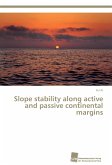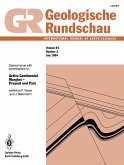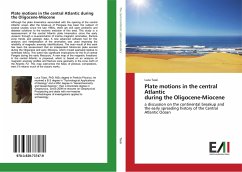Marine Sediments from an offshore rise along the Northeastern South America are dated to determine when and how the margin has eroded through time. Unique results have provided insight for when margin destruction occured and the mechanisms by which continental slopes are eroded in this region. The Ocean Drilling Program (ODP) Cruise 207 to the Demerara Rise recovered hundreds of meters of core from 1900 to 3200 m depth from an offshore rise along the Suriname and French Guyana coasts. These efforts produced excellent examples of sediment failures such as Oligocene slumps and Miocene debris flows. These deposits occured as a series of events and provide an excellent context for evaluating the mechanisms and triggers that contribute to submarine mass wasting. More importantly, this study is a case example of how continental margins erode down and build out through time.
Bitte wählen Sie Ihr Anliegen aus.
Rechnungen
Retourenschein anfordern
Bestellstatus
Storno








